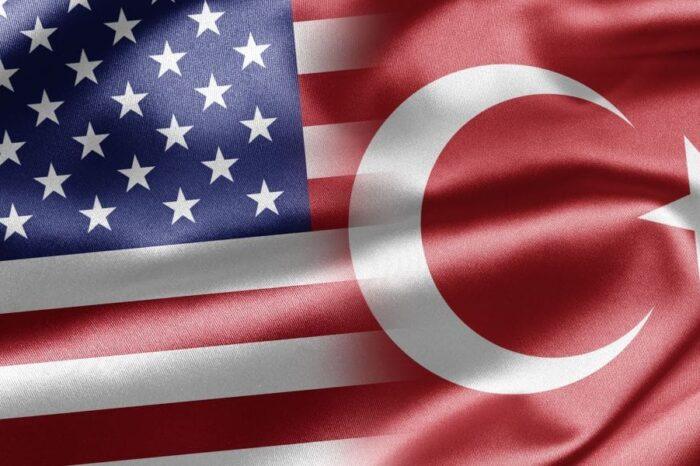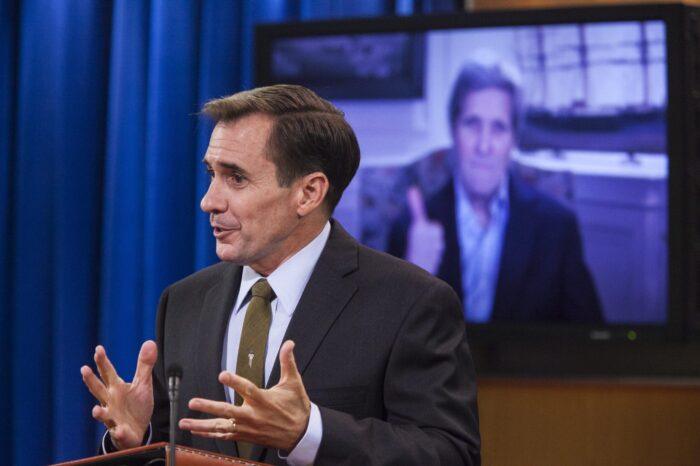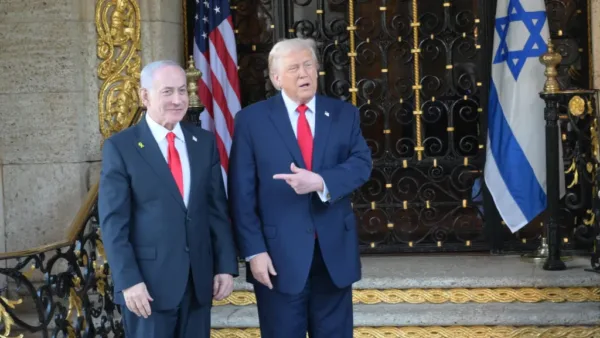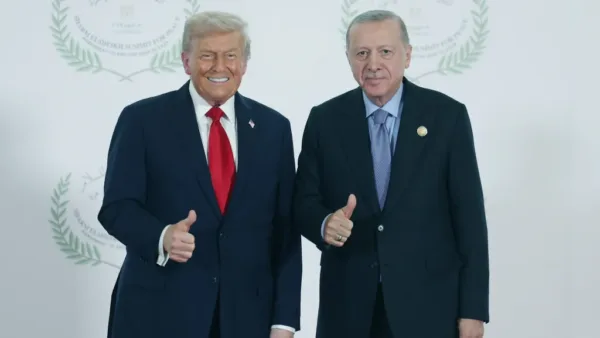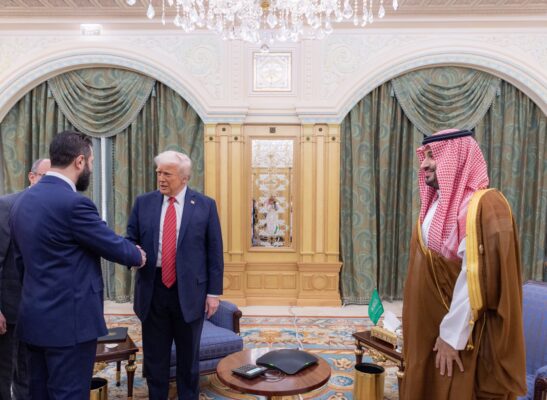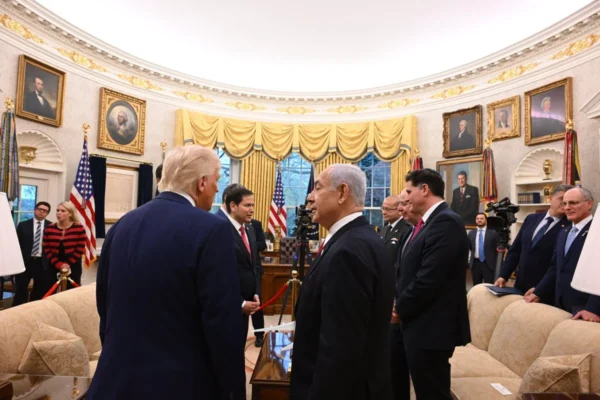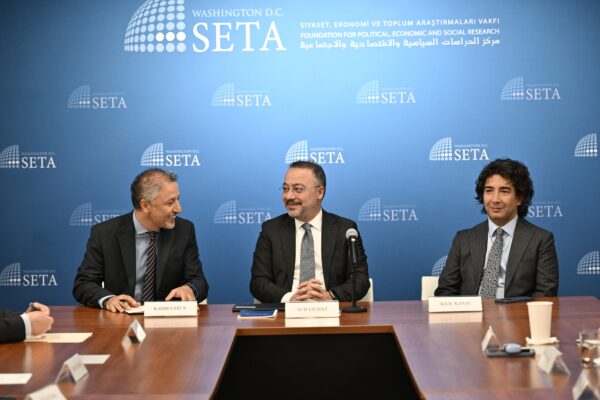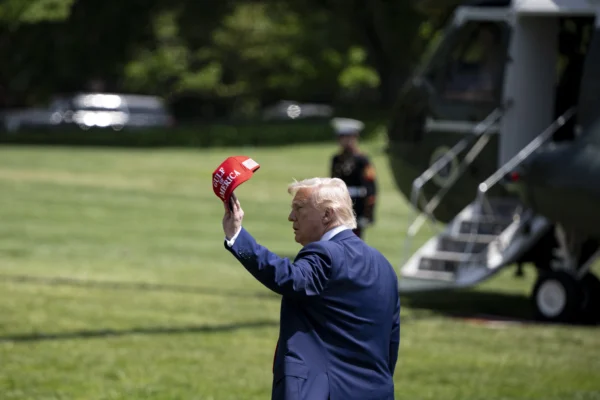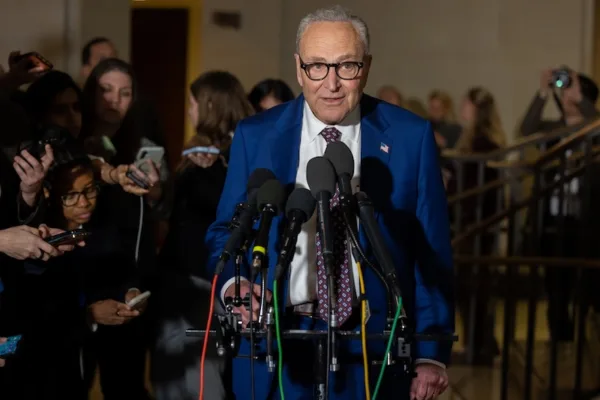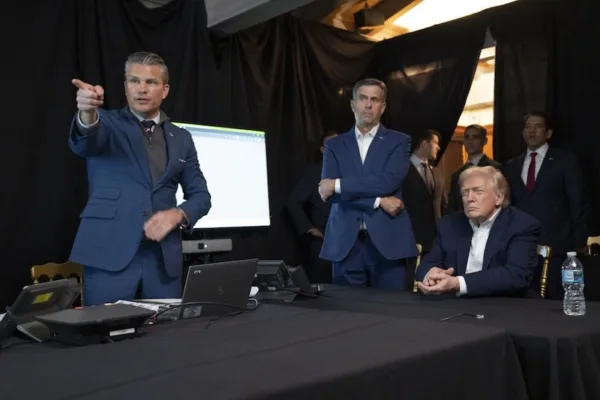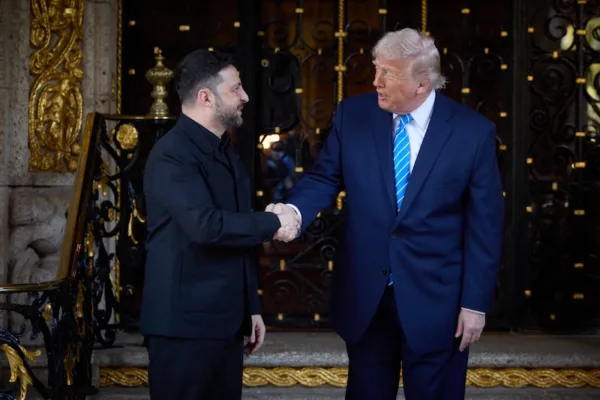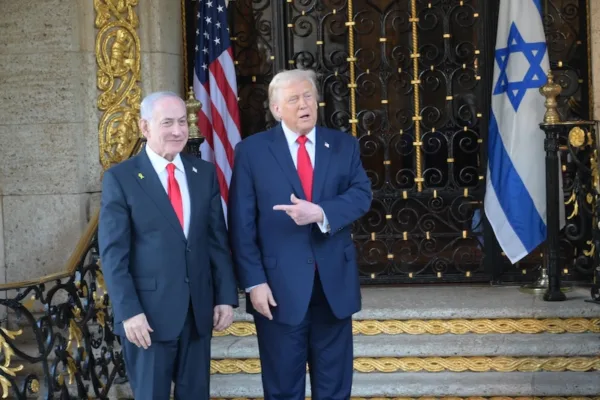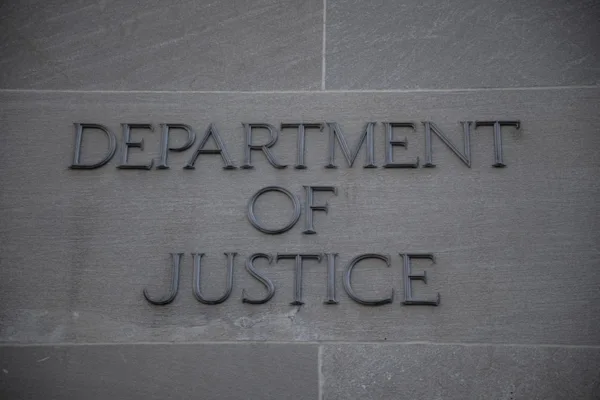The End of the Goal of Building Geopolitical Equilibrium?
U.S. foreign policy failed to come up with a policy that would pressure Iran to play a more responsible role in Yemen. As a result of this inaction, other countries in the surrounding region became involved in the situation militarily
U.S. President Barack Obama’s interview with the New Yorker’s David Remnick last year can be considered one of the most significant of such interviews during his presidency. It is important in terms of demonstrating the president’s opinions about the Middle East and showing what he really thinks as a viable solution to the problems in this part of the world. Mostly this interview was mentioned in the context of the rise of the Islamic State of Iraq and al-Sham (ISIS) and how Obama underestimated the organization by calling it a JV team. However, there is another important line in the interview that describes Obama’s approach to the Middle East.
In this interview, Obama expressed what kind of future he envisions for the power relations in the Middle East. According to him, the best possible scenario was a geopolitical equilibrium between Sunnis and Shiites in the region. He said: “It would be profoundly in the interest of citizens throughout the region if Sunnis and Shiites weren’t intending to kill each other … And although it would not solve the entire problem, if we were able to get Iran to operate in a responsible fashion – not funding terrorist organizations, not trying to stir up sectarian discontent in other countries, and not developing a nuclear weapon – you could see an equilibrium developing between Sunni, or predominantly Sunni, Gulf states and Iran in which there is competition, perhaps suspicion, but not an active or proxy warfare. “
Although President Obama did not directly mention Yemen in this interview other than Remnick’s emphasis on the killing of innocent civilians and bystanders in Yemen due to U.S. drone attacks in this country, it provides an important means to evaluate whether President Obama achieved to push Iran to be responsible in the region and established a geopolitical equilibrium in 14 months since the interview. Significant developments took place in the Middle East in the last 14 months. So far however, there has not been any sign that the U.S. has contributed either by pushing Iran toward responsibility or by launching an initiative to end the conflicts in the region. Instead, we see increasing Iranian influence in the region and this influence has been extending in a zero-sum fashion at the expense of some other nations. So far, Iran has not spent this time extending influence to become a responsible party in the region and play a more constructive role in conflicts.
Since the interview, the issue of Syria has increasingly become an issue of the war on terrorism, which has made the humanitarian disaster in the country less visible ever since the beginning of the crisis. In particular starting from last January, foreign fighters have become a significant issue for Western governments, including the U.S. However, even before Syria became a magnet for foreign fighters from Western countries, Syrian President Bashar Assad’s regime turned the country into a center of operations for Iranian forces, trainers and proxies. Many in Washington avoided bringing this issue up and failed to criticize the impact of these groups in the further destabilization of Syria. Through this support in Syria the Iranian regime already added a sectarian dimension to the conflict. In fact, in Syria the equilibrium that President Obama was seeking was already over with the active support of Iran and the sectarianization of the conflict.
In Iraq, on the other hand, the government of former Prime Minister Nouri al-Maliki, through its policies, was preparing fertile ground for another sectarian disaster. While Maliki was engaging in an exclusionary, repressive and sectarian policy in Baghdad, the U.S. failed to bring a policy to push him for a more pluralistic and less oppressive regime in Iraq. Despite the previous experience of al-Qaida in Iraq, the administration failed to foresee the rise of ISIS in the region. Previous experiences after the invasion in this country demonstrated the potent threat of sectarian governments to the stability of the country. Even after the international coalition was formed by the support of Sunni Gulf nations, the U.S. was unable to change the fact that Iranian operatives are taking credit for attacks against ISIS and adding to the sectarian dimension of the situation on the ground.
Finally, sectarianism also demonstrated itself in Yemen. And again U.S. foreign policy failed to come up with a policy that would pressure Iran to play a more responsible role in the country. Due to this unwillingness to act, or even react to the situations, some other countries in the region started launching airstrikes on Houthi forces in Yemen. Of course in return, yesterday we saw that Houthi groups threaten these countries with suicide attacks, which signals a possible escalation of the situation.
It was revealed in the last few days that the U.S. was informed about the attacks just before they began and there was not much consultation between the Gulf countries and the U.S. Regardless of the accuracy of this claim, the fact that such a situation has become a possibility and can be voiced from very authoritative sources in Washington demonstrates diminishing U.S. influence in the region. U.S. inability to get timely information from its allies demonstrates increasing difficulty for the Obama administration to reach its goal of building a geopolitical equilibrium in the region.
This article was originally published in Daily Sabah on March 29, 2015.


